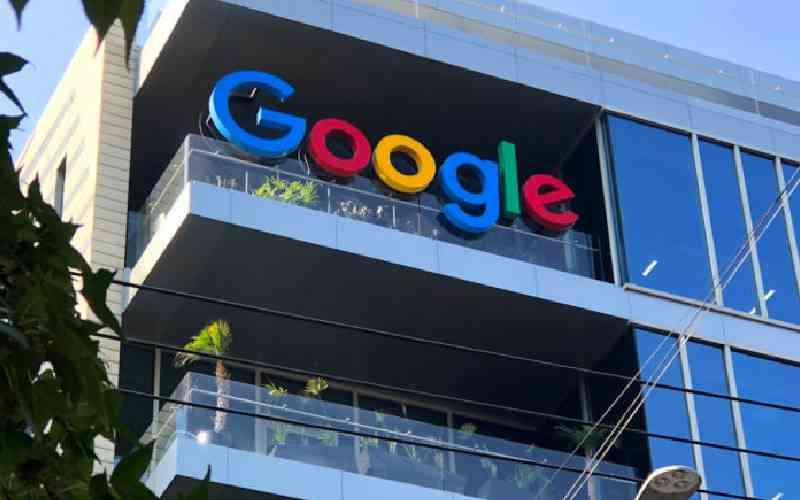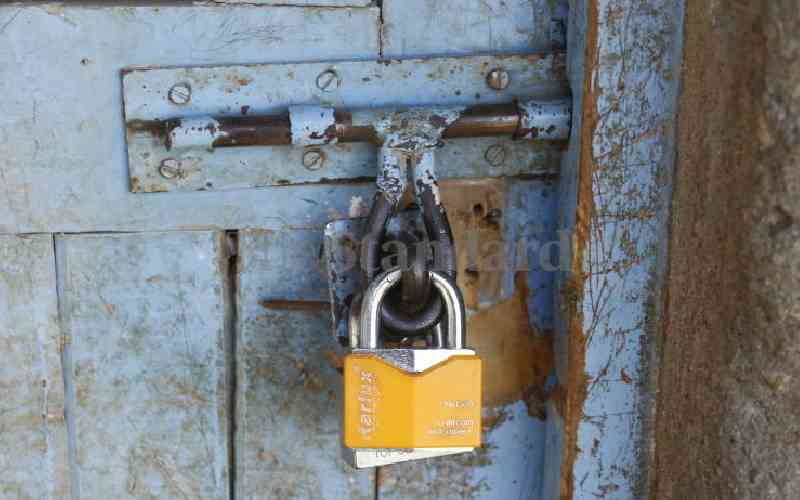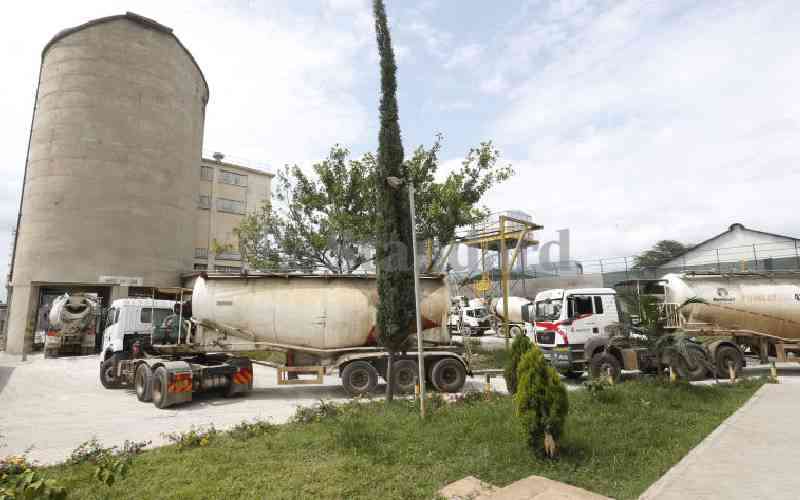Adopted from DailyMail
No workplace, coffee shop or even school playground is complete without them. But Apple’s ubiquitous gadgets, the iPad and iPhone, have been making headlines recently for some — literally — shocking reasons.
This week, a father told how his daughter’s iPad charger exploded in his hand giving him a massive electric shock.
Tim Gillooley, 34, said he was thrown across the room and left with blackened fingers when he reached down to unplug the device at his mother’s house in Widnes, Cheshire. He believes his eight-year-old daughter Chloe would have been killed had she touched it.
It’s the latest in a line of incidents where iPhone and iPad chargers have been blamed for putting lives at risk. So are your Apple chargers really dangerous? Or is it all down to the cheaper imitation chargers which flood the market?
HAS ANYONE ELSE BEEN HURT?
Yes. The incident in Cheshire comes after two in China, leaving one person dead and another in a coma. Chinese air stewardess Ma Ailun, 23, was reportedly killed by an electric shock in July when she answered a call on her iPhone 5 while it was recharging.
Earlier this year in New York, a woman claimed her iPhone 4S spontaneously melted, oozing acid that destroyed the handset. Then in February this year, fire crews in Oregon blamed an apartment blaze on an overheated MacBook battery which had been placed on a mattress. In 2011, two iPhone 4s on opposite sides of the world caught fire and self-combusted.
The first happened on a plane over Australia and the second in Brazil when its owner was awakened by the smoking device on his bedside table.
ARE FAKE CHARGERS TO BLAME?
It's highly likely that some of the dangerous incidents have been the fault of chargers. Indeed, Miss Ma’s death was blamed on an imitation charger.
So why do people buy them? It’s simple — the price. You can get them for under a fiver from Amazon sellers, for example, whereas the official one is at least £15. But it’s a saving that could come at a high price.
‘There are plenty of reputable companies that make accessories for Apple products, and as long as you go with one of them, you should be fine,’ says David Price, online editor at macworld.co.uk.
‘I’d never buy an ‘official iPad charger’ from a bloke on the street and I’d advise others not to do the same.’
There are over 600 million Apple devices including iPhones and iPads being used around the world and only a handful of reported incidents. The chances are you’re very safe. But counterfeit cheap chargers appear to raise the risks significantly.
Stay informed. Subscribe to our newsletter
‘Any genuine products from a well-known manufacturer such as Apple are rigorously tested and should be safe,’ says Dr Kevin Curran, a senior member of the Institute of Electrical and Electronics Engineers and a reader in computer science at the University of Ulster.
‘But you may experience problems with non-proprietary products — those that may fit your iPhone or iPad but come from a different company.
‘I can understand why people would buy cheaper chargers but a few years ago I had one that exploded so I wouldn’t go near one now.’
So big is the problem that Apple have decided to help customers tell the genuine articles from the fake —although, ironically, their detailed online guides to spotting the difference may well help counterfeiters imitate the visual design of Apple products more closely.
 The Standard Group Plc is a
multi-media organization with investments in media platforms spanning newspaper
print operations, television, radio broadcasting, digital and online services. The
Standard Group is recognized as a leading multi-media house in Kenya with a key
influence in matters of national and international interest.
The Standard Group Plc is a
multi-media organization with investments in media platforms spanning newspaper
print operations, television, radio broadcasting, digital and online services. The
Standard Group is recognized as a leading multi-media house in Kenya with a key
influence in matters of national and international interest.
 The Standard Group Plc is a
multi-media organization with investments in media platforms spanning newspaper
print operations, television, radio broadcasting, digital and online services. The
Standard Group is recognized as a leading multi-media house in Kenya with a key
influence in matters of national and international interest.
The Standard Group Plc is a
multi-media organization with investments in media platforms spanning newspaper
print operations, television, radio broadcasting, digital and online services. The
Standard Group is recognized as a leading multi-media house in Kenya with a key
influence in matters of national and international interest.









